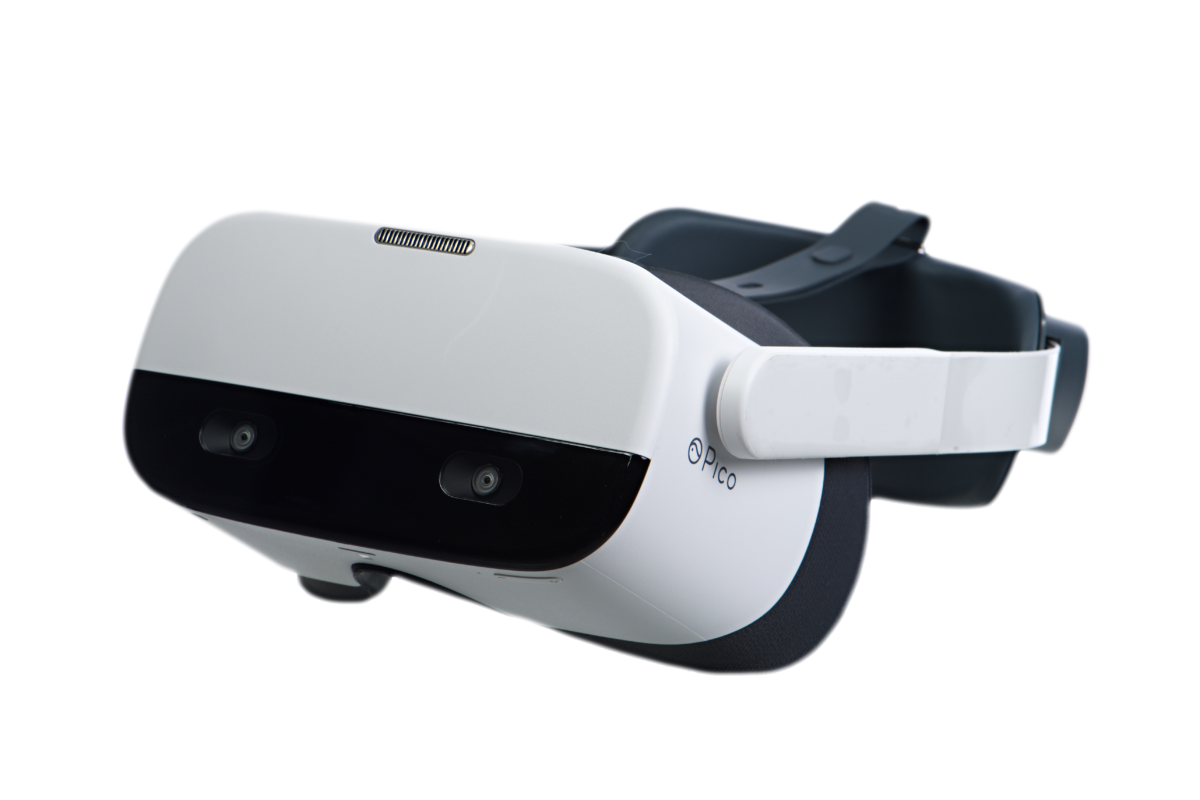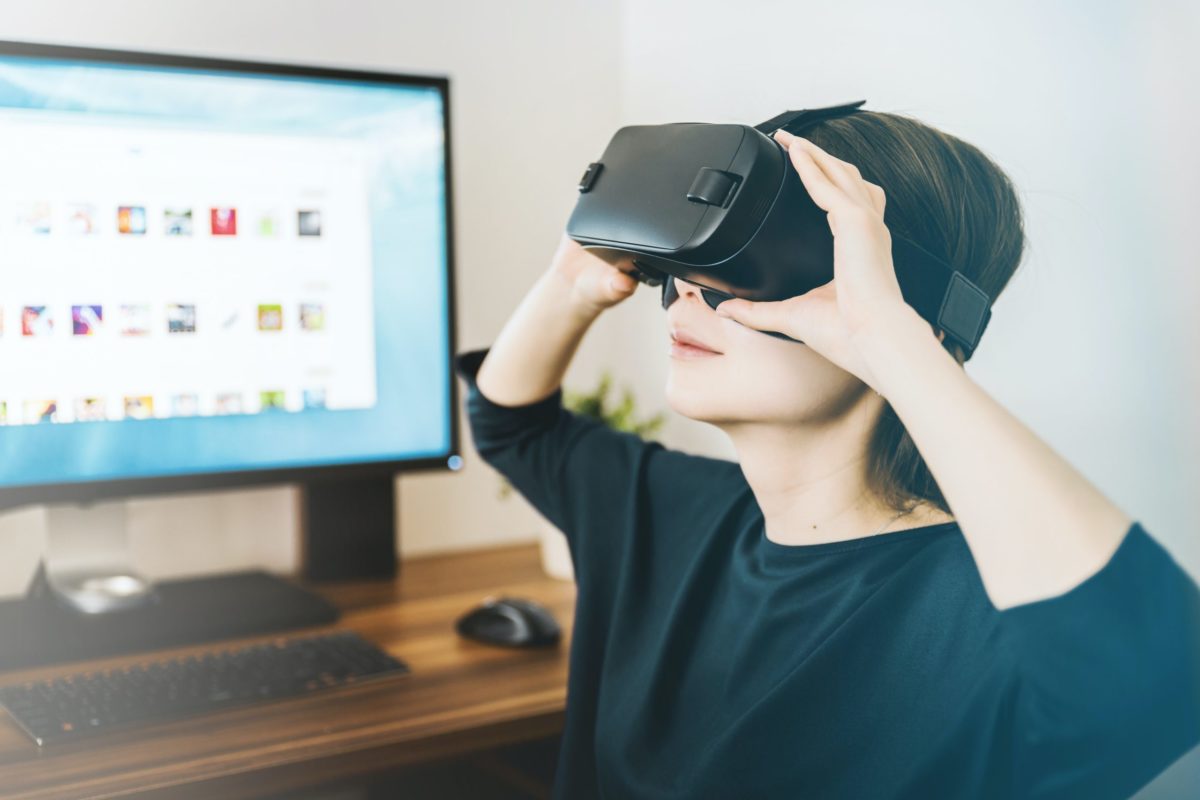Remote work solutions are being tested and many are seeing first-hand the benefits of having these tools at the ready. Of the many tools technology provides, virtual reality allows for an immersive experience unlike any other.
In an effort to stop the spread of coronavirus, more people throughout the world are working remotely, regardless of whether they were prepared to or not. In America alone, it’s estimated that 60 to 70 million people will endeavor to work from home during the pandemic.
Museums have begun offering virtual tours, which you can watch through these playlists. Artists are performing virtually. Consumers can shop virtually and receive their products through home delivery or share a seven-course meal using VR.
You can now adapt these creative consumer uses of VR for remote communications, collaboration, and job training purposes within your business easier than ever.
Before the coronavirus pandemic, according to a Perkins Coie survey, almost half (49%) of business respondents were already looking to use VR and other extended reality tools to mirror real-world training conditions. Because of the increased need to work remotely, many companies will want to adopt VR technology faster.
Let’s look at five ways VR is being used for remote work training in the coronavirus era.
1. VR for Training that Scales
VR training is used to educate entire organizations, large or small, and within varying fields and industries, including construction, manufacturing, and energy and utilities.
Coordinating training functions and relaying relevant information between multiple employees and employee locations, departments, VR devices, and experience levels has been a challenge for businesses even in the pre-coronavirus era. However, as VR training and other VR applications increase in sophistication, even these hurdles can be surmounted through the use of the right VR content distribution platform.
With a VR content distribution platform, VR can be managed and scaled as needed for training and other purposes. With the right tools, training and other content can be implemented and integrated strategically throughout an entire organization, while data tracking and feedback along the way proves its effectiveness in various stages and use cases. All this makes VR Training a potent remote work solution.
With a comprehensive platform that provides training departments the ability to access, distribute, and manage content, VR training can be implemented on-demand and targeted to specific learning needs, through one universal portal, whether it’s to connect a small team working within the same city but different locations, or thousands of employees working from all over the world.
2. Avoiding the Costs and Uncertainties of Classroom Training
With in-person, instructor-led training, logistics, costs, and time commitments are a factor with each session — and that’s in “normal” times. New restrictions on in-person gatherings make this type of training nearly impossible in many circumstances, with no way of knowing how long these restrictions will be needed, (or when they might become necessary again).
With VR training, once the platform is established, training can be repeated anywhere, anytime, without many of the costs and limitations associated with classroom training. With a VR content distribution system in place, you only need the trainers and trainees, and can skip substantial expenses like individual travel, lodging, and even spatial considerations.
The Educators in VR International Summit was held virtually this year, and is considered the largest immersive virtual event of its kind. As conferences around the world were falling like dominoes with cancellations, such as South by Southwest and the Google and Facebook developers conference, the advantages of VR technology quickly became apparent. HTC, creators of the hugely successful Vive and Focus Plus VR headsets among others, announced their industry conference would be hosted virtually for the first time this year.
3. Maintaining the Team Dynamic and Communication Patterns
As VR involves working within a virtual platform-based, at least conceptually, on real people and real scenarios, the in-person team dynamics and communications patterns are seamlessly maintained.
Employees can train and work together in a safe environment to tackle and familiarize themselves with high-risk real-life situations that would otherwise involve high-costs to employers and unnecessary danger to employees. But the applications for working together in VR go well beyond mere safety training.
In the time of COVID-19, this kind of virtual collaboration is being used for critical advances in science. For example, VR has been used to study coronavirus proteins by an American and Australian scientist, working together across oceans while obviating the obviously challenges and risks of face-to-face interaction. Their collaborative VR analysis of the virus can be seen here, where they view data in a shared virtual space, just as they would in person, with the added benefit of allowing for 3D modeling of molecular structures not possible in “ordinary” reality.
4. Getting “Behind the Wheel” When Travel is Impossible
With VR, ironically enough, customers and employees can actually be more mobile than ever, regardless of travel restrictions and mandated quarantines that become increasingly strict in order to deal with the threat of coronavirus.
In VR, “matter” doesn’t matter.
Now, team members can be brought together into one virtual space from any location. Individuals can still get the “behind the wheel” experience of instructor-led training, in person — just virtually. With VR headsets and hands-on controls, employees can continue to learn and practice tactile work that involves more effort than sitting in front of a computer.
This study showed the physical benefits of virtual reality training for employees, compared to traditional video training. With VR, team members share the same virtual space, creating more connectedness than with video alone, even if they were all sitting together in the same office or training location. Also, with an immersive 3D environment, team members can more freely choose their preferred perspective as they actively learn.
This application of VR is being considered for businesses that previously required a person to be on-site. For example, the housing industry is increasingly using VR for property tours, making transactions simpler even when buyers and sellers are separated by distance or possible health concerns.
5. VR Meets the Needs of Varying Learning Styles
Many previous remote work and training options made it difficult for organizations to cater to individual learning needs, whether simply preferred or required for the use case. For training in particular, many courses offered only video, PowerPoint-based, or audio training, while others struggled to find a workable, blended learning combination of the three.
However, with virtual reality training, realistic controls used in a 3D virtual world allow for immersive training, catering more dynamically to various learning styles, similar to the sensory experiences provided in person.
By providing elements of visual, auditory, reading/writing, and kinesthetic learning, VR allows for a qualitatively better learning experience, regardless of an individual’s preferred style. VR allows all users to interact on multiple levels in a shared virtual space.
New Remote Opportunities
Threats like the coronavirus pandemic will and have created unexpected and difficult disruptions for business — that’s become painfully clear in recent weeks, as the human and economic toll of COVID-19 is increasingly felt on every continent except Antarctica. Undoubtedly, the way the world itself works and learns will change forever in response to this unprecedented global health crisis.
But in the long-run, how we choose to respond to adversity on multiple levels is the story of humanity’s evolution itself. While disruption has costs, often the lessons learned are invaluable. Often, disruptions lead to intense periods of introspection, the emergence of new perspectives, and adaptation in how things are done.
This time will lead to accelerated change for many businesses — whether they were ready or not.
Exploring the emerging remote work tools that technology provides, including VR, has allowed many businesses to effectively continue their important work despite the profound disruption of this “new normal”.

PIXO Has Improved VR Management to One Easy Step

